how do you sharpen your knives?
vacuumfreak
14 years ago
Related Stories
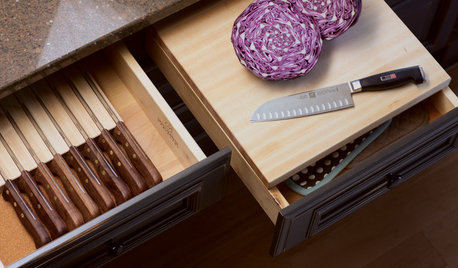
KITCHEN STORAGEKnife Shopping and Storage: Advice From a Kitchen Pro
Get your kitchen holiday ready by choosing the right knives and storing them safely and efficiently
Full Story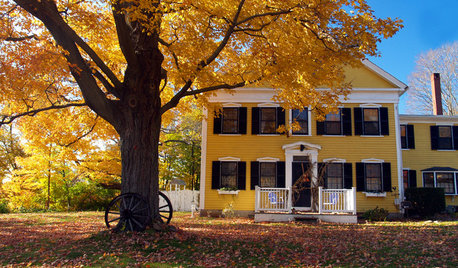
LIFETo-Dos: Your October Home Checklist
It’s a great time to clean your gutters, swap out seasonal clothes and wallow in favorite fall traditions. What’s on your October list?
Full Story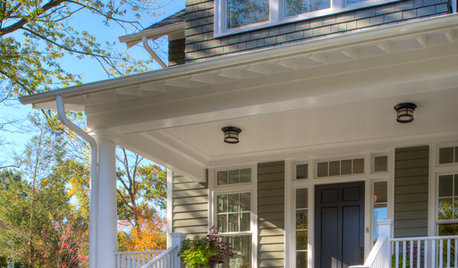
MONTHLY HOME CHECKLISTSOctober Checklist for a Smooth-Running Home
You're due for some winterizing, like clearing rain gutters and stowing swimsuits — but leave time for a fun project
Full Story
KITCHEN DESIGN16 Practical Ideas to Borrow From Professional Kitchens
Restaurant kitchens are designed to function efficiently and safely. Why not adopt some of their tricks in your own home?
Full Story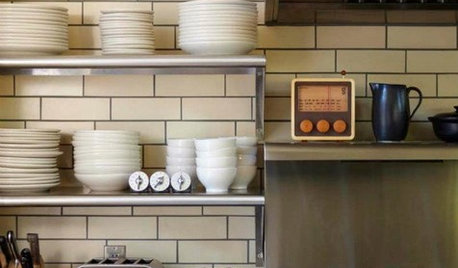
KITCHEN DESIGNCreate Your Own Checklist for a Well-Stocked Kitchen
Personalize the kitchen with your own must-haves from our list of top cooking tools, small appliances, pots, pans and more
Full Story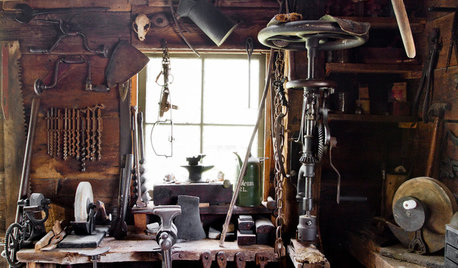
STUDIOS AND WORKSHOPSMy Houzz: Step Inside a Blacksmith’s Home Workshop
See how this New York homeowner repurposed an old structure to use as his blacksmithing hobby space
Full Story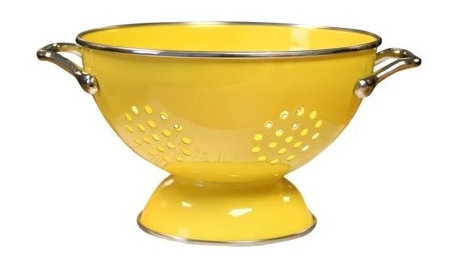
PRODUCT PICKSGuest Picks: The Well-Stocked Starter Kitchen
We’ve got all the kitchen basics and tableware you need (or that recent grad needs) to make cooking a joy
Full Story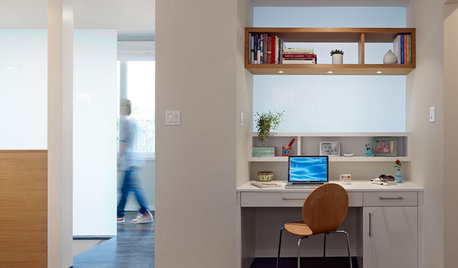
LIFETop 10 Unsung Organizing Tools
Look no farther than your drawers, closets or purse for the best and cheapest ways to keep your home neat and organized
Full Story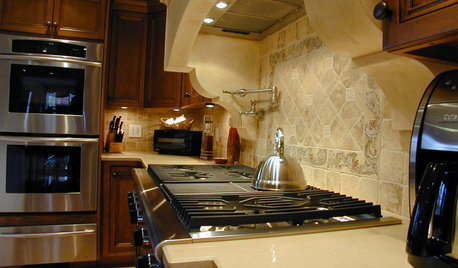
KITCHEN DESIGN8 Kitchen Design Tips for Foodies
If you own at least one pricey knife and have a slew of kitchen tools, you’ll want to read this
Full Story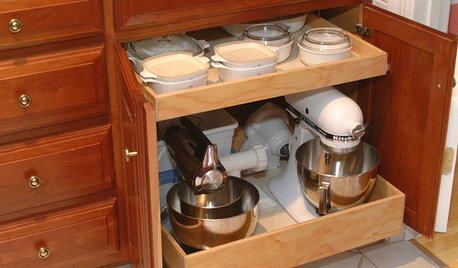
KITCHEN APPLIANCESConsidering a New Kitchen Gadget? Read This First
Save money, time and space by learning to separate the helpers from the hassles
Full StorySponsored
Your Custom Bath Designers & Remodelers in Columbus I 10X Best Houzz



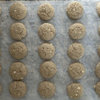
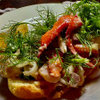

lindac
annie1992
Related Discussions
Do you sharpen your tools?
Q
How do you sharpen your pruning shears?
Q
A little note about knives and sharpening
Q
Week 115 - how do you store knives? pictures please
Q
compumom
Linda Mathewson
loves2cook4six
kandm
Lars
foodonastump
centralcacyclist
lakeguy35
jimtex
canarybird01
bunnyman
beanthere_dunthat
pat_t
arley_gw
pkramer60
hawk307
dcarch7 d c f l a s h 7 @ y a h o o . c o m
friedajune
pkramer60
kframe19
foodonastump
bri29
jimster
dcarch7 d c f l a s h 7 @ y a h o o . c o m
hawk307
beanthere_dunthat
trsinc
foodonastump
vacuumfreakOriginal Author
beanthere_dunthat
pkramer60
annie1992
dcarch7 d c f l a s h 7 @ y a h o o . c o m
arley_gw
diana55
hawk307
pkramer60
hawk307
tropicals9b
dcarch7 d c f l a s h 7 @ y a h o o . c o m
diana55
velodoug
dcarch7 d c f l a s h 7 @ y a h o o . c o m
justaguy2